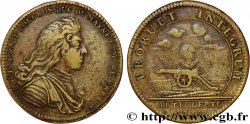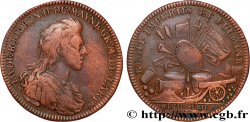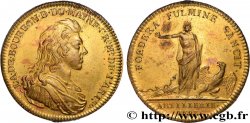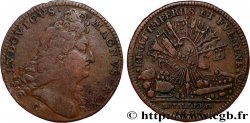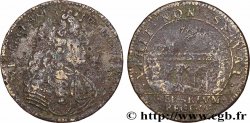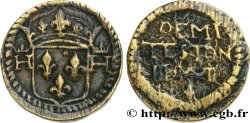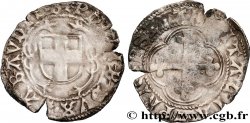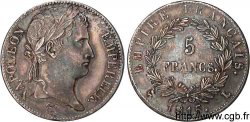v11_1308 - ARTILLERY Louis-Charles de Bourbon-Eu 1742
MONNAIES 11 (2002)
Starting price : 91.47 €
Estimate : 182.94 €
Realised price : 126.99 €
Number of bids : 4
Maximum bid : 157.02 €
Starting price : 91.47 €
Estimate : 182.94 €
Realised price : 126.99 €
Number of bids : 4
Maximum bid : 157.02 €
Type : Louis-Charles de Bourbon-Eu
Date: 1742
Metal : silver
Diameter : 28,5 mm
Orientation dies : 6 h.
Weight : 6,47 g.
Edge : cannelée
Rarity : R1
Coments on the condition:
La patine de ce jeton est tellement extraordinaire, tache rouge vif centrale sur nappe de bleu profond au revers, qu’il a été choisi pour figurer en pleine page sur une couverture de Numismatique et Change
Catalogue references :
Obverse
Obverse legend : LOUIS CH. DE BOURBON C. D’EU DUC D’AUM. G. M. DE L’ART..
Obverse description : Buste drapé et cuirassé de Louis-Charles de Bourbon-Eu, le cou couvert d’un foulard.
Obverse translation : (Louis-Charles de Bourbon, comte d’Eu, duc d’Aumale, grand maître de l’artillerie).
Reverse
Reverse legend : ET JAM RUGITU TERRITAT ORBEM - ; À L'EXERGUE EN DEUX LIGNES : ARTILLERIE / 1742.
Reverse description : Lion en fureur de face.
Reverse translation : (Et aussitôt il effraye la terre par son rugissement).
Commentary
Ce jeton manque à Feuardent : le droit existe au n° 1097 mais le revers est absent. Il est signalé en cuivre dans Florange et apparaît en argent dans Corre. Louis-Charles de Bourbon, comte d’Eu, est le second fils de Louis-Auguste de Bourbon, duc du Maine et fils légitimé de Louis XIV et de Madame de Montespan. Très aimé de son père, le duc du Maine reçut rang immédiatement après les princes du sang et fut nommé grand maître de l’artillerie. Il obtint aussi les principautés d’Aumale et de Dombes. Louis-Charles, déjà comte d’Eu, reçut l’héritage de son frère aîné, Louis-Auguste, tué en duel en 1755.
This token is missing from Feuardent: the obverse exists at no. 1097 but the reverse is missing. It is reported in copper in Florange and appears in silver in Corre. Louis-Charles de Bourbon, Count of Eu, is the second son of Louis-Auguste de Bourbon, Duke of Maine and legitimized son of Louis XIV and Madame de Montespan. Much loved by his father, the Duke of Maine received rank immediately after the princes of the blood and was named Grand Master of the Artillery. He also obtained the principalities of Aumale and Dombes. Louis-Charles, already Count of Eu, received the inheritance of his elder brother, Louis-Auguste, killed in a duel in 1755
This token is missing from Feuardent: the obverse exists at no. 1097 but the reverse is missing. It is reported in copper in Florange and appears in silver in Corre. Louis-Charles de Bourbon, Count of Eu, is the second son of Louis-Auguste de Bourbon, Duke of Maine and legitimized son of Louis XIV and Madame de Montespan. Much loved by his father, the Duke of Maine received rank immediately after the princes of the blood and was named Grand Master of the Artillery. He also obtained the principalities of Aumale and Dombes. Louis-Charles, already Count of Eu, received the inheritance of his elder brother, Louis-Auguste, killed in a duel in 1755







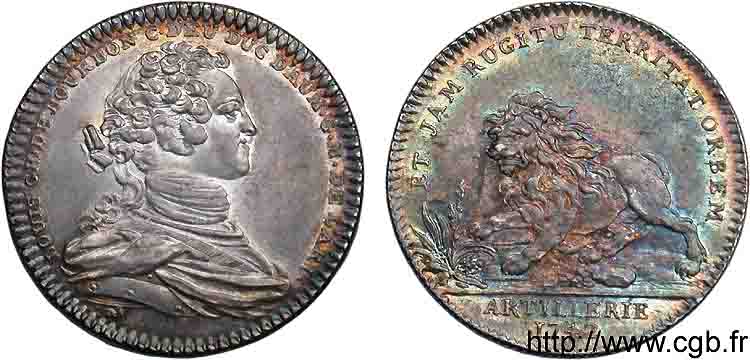
 Report a mistake
Report a mistake Print the page
Print the page Share my selection
Share my selection Ask a question
Ask a question Consign / sell
Consign / sell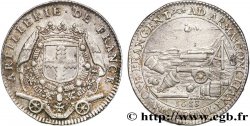
 Full data
Full data